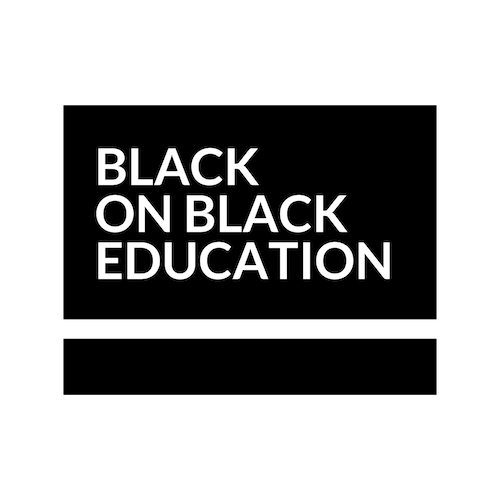Rethinking Student Success: A Holistic Approach
What does success really mean?!?! Last week we talked about the mismatch between what it takes to be a successful student and how different it is than what it takes to be a successful person.
We are teaching young people to listen and learn when the world needs them to listen, learn, lead, critically think, problem solve, and ultimately create solutions to society's most pressing challenges.
So, how do we fix it?!? By reimagining success and defining a successful person
Reimagining Success: Defining a Successful Person
Success extends beyond academic accolades. Now, my answer for what makes a successful person will probably be different from the next person but here are a few things I believe are (or should be) universal.
Resilience: The art of bouncing back and learning from setbacks and failures.
Self-Discipline: The ability to control one's impulses, stay focused on goals, and maintain consistency in actions and habits.
Self-Care: The ability to identify and define what we need to be well, and ensure we maintain those practices as a means to contribute to the world around us.
Goal-Oriented: Setting clear and achievable goals, and taking consistent action towards their attainment is yet another skill
Continuous Learning: The ability to maintain a commitment to personal and professional development, seeking out new knowledge and skills to meet the goals we have for our lives.
Effective Communication: The ability to articulate ideas clearly, listen actively, and collaborate effectively with others is necessary to create and maintain a successful life.
Emotional Intelligence: Understanding and managing one's own emotions, as well as being empathetic and able to relate to the emotions of others.
Persistence: Having the determination to keep working towards goals, even when faced with obstacles or setbacks.
Our school system is failing to teach and reinforce these skills for young people, because too often looks like this
A lot of schools and classroom are moving away from this model but far too many classrooms still look like students sitting in rows for 45-90 mins at a time being given information decided by the teacher, and/or the district expecting students to learn the things they need to know to be successful in the world BUT if schooling looks the same but the world looks insanely different, how do we expect students to thrive.
Overcoming Classroom Conventions
The traditional classroom model perpetuates the chasm between academic success and real-world readiness. Rows of passive learners absorbing information fail to cultivate the skills demanded by modern society. It's time to reimagine education.
It’s my job to say this but it helps that I truly believe it.
Embracing a student-centered approach to teaching and leading is the reimagination education so desperately needs.
Classrooms need to prioritize collaboration, inquiry, and experiential learning. Learning should be flexible and empower students to take ownership of their education, explore their passions, and engage meaningfully with the content.
Eventually we need to break free from the confines of standardized testing, but until then our school and classrooms must embrace authentic assessments that evaluate mastery of skills rather than regurgitation of facts.
It's not enough to prepare students for tests; we must equip them to navigate the complexities of life. By fostering resilience, self-discipline, and effective communication, educators can bridge the gap between academic success and real-world impact, empowering students to lead with purpose and passion. Here are a few ways you can do that:
Celebrate Resilience: Develop systems in your classroom to acknowledge and reward students' efforts in overcoming challenges and setbacks.
Consider Multiple Forms of Assessment: Diversify assessment methods to capture students' strengths and abilities beyond traditional tests and quizzes. Incorporate projects, portfolios, presentations, and peer evaluations to provide a more comprehensive view of student learning.
Provide Timely and Constructive Feedback: Offer feedback that is specific, actionable, and supportive. Focus on both strengths and areas for growth, and encourage students to use feedback as a tool for improvement.
Collaborate with Students: Involve students in the grading process by soliciting their input on assessment criteria, self-assessment, and peer evaluation. Empower them to take ownership of their learning and advocate for their own progress.
Model Lifelong Learning: Demonstrate a commitment to continuous improvement and lifelong learning as an educator. Lead by example and show that, just as you are learning
Incredible educator and leader Dwayne Reed, said it best in a recent post
Nothingness has become the new standard of everything.
Boredom has become the new fun.
If it isn’t on a screen, it’s a waste of time.
Even if it’s on a screen, if it requires thought, it’s whack.
“I don’t know.”
“I don’t care.”
“Nothing.”
It’s so draining.
WE HAVE TO STOP THIS TREND! And the only way to do that is to make it make sense for our students by centering their goals, dreams, and aspirations and making the connection to the skills and content they are learning in our classroom.
Next week we'll delve deeper into practical strategies for looking beyond grades, and supporting our young people at taking school seriously, by showing them we are serious about their success.



